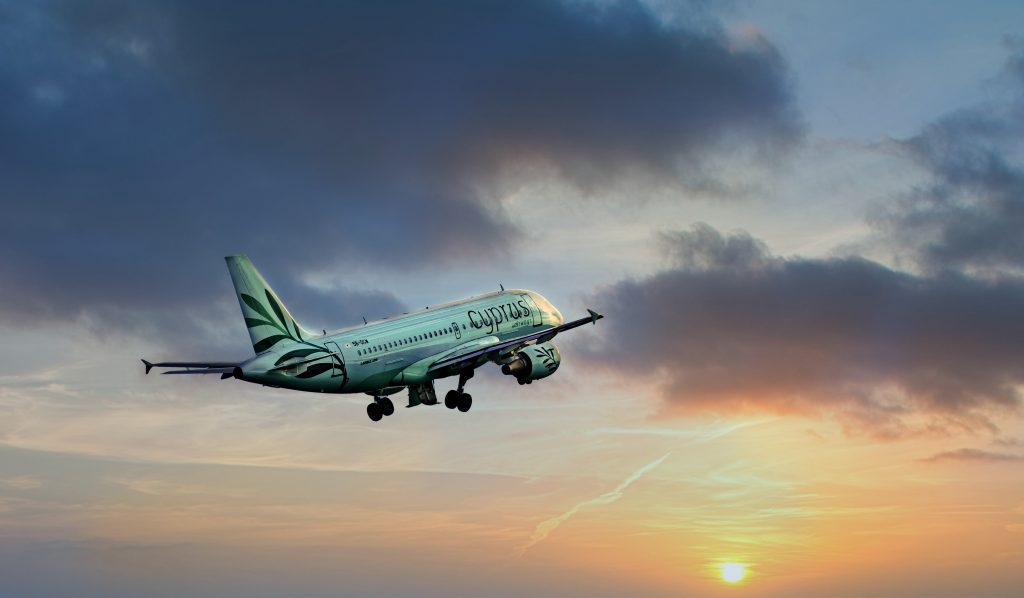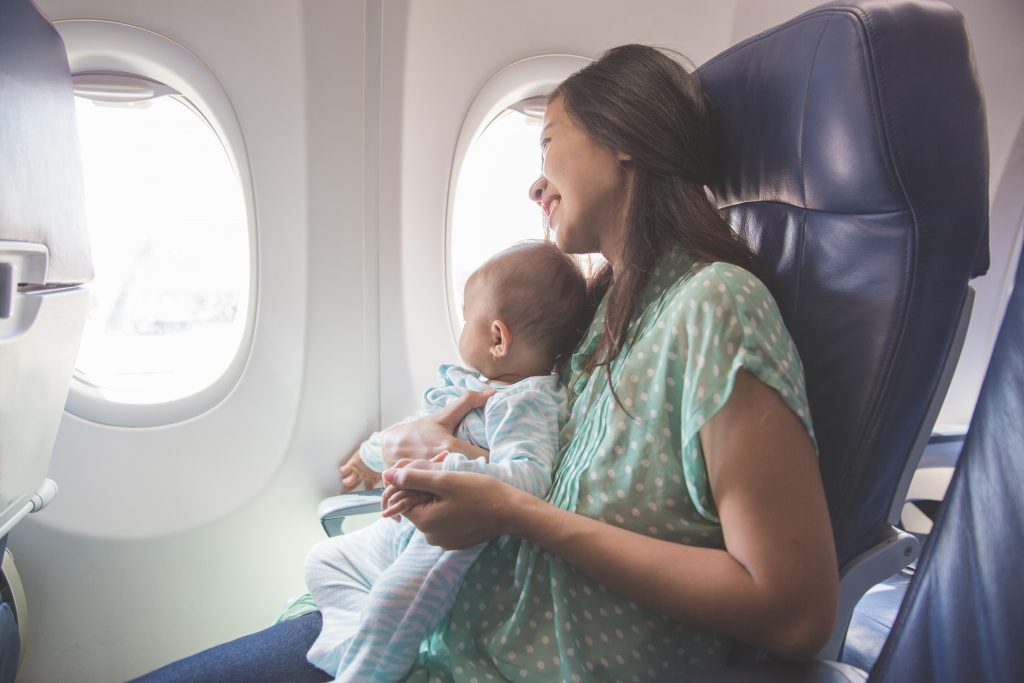Common Misconceptions About Flying
You have boarded a flight at least once and probably several times. A lot of technicalities are involved in flying an aircraft. This invites a lot of misconceptions about the science of flying. In this article, a few myths about aviation will be debunked.
1. Turbulence Indicates Danger

When we are flying, turbulence causes massive panic among all of us. Turbulence can have frightening outcomes than spilling your drink. But in reality, turbulence while flying is quite normal. Pilots are often aware of turbulence in advance. They are trained to handle turbulence and dive a plane smoothly through it.
The cause of turbulence can be anything from a change in wind speed to changes in weather conditions. It is doubtful that normal turbulence will cause a plane to crash. As long as you fasten your seatbelt, you are not at risk of being injured due to normal turbulence.
2. Planes Fly Themselves
Modern airplanes are designed with the latest technology. Flying has become one of the safest means of travel with the evolution of science and technology. To say that the planes fly themselves while pilots nap and chill is beyond an exaggeration. Planes have autopilot capabilities but still need a pilot.
3. Oxygen Masks Deliver Oxygen
Planes have oxygen masks to be used in the event of it being depressurized. Passengers need oxygen to keep breathing as there is a lack of oxygen at high altitudes. However, the masks have chemicals like potassium chlorate, sodium chlorate, and barium peroxide. These chemicals provide breathable oxygen when burnt.

Summing Up
These are some of the common misconceptions about flying. There are a lot of things that we don’t understand about the science of flying.
